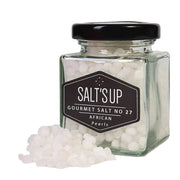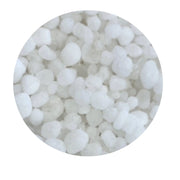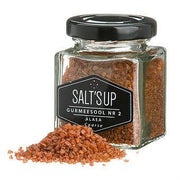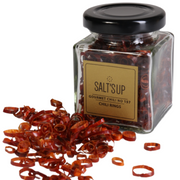ANDALIMAN pepper
Andaliman Pepper, also known as the Lemon Pepper, comes from the Zanthoxylum acanthopodium plant.
This pepper comes from the northern regions of Indonesia and bears fruit all year round. The main harvest time is in March. Andaliman pepper grows wild and cannot be cultivated, which makes it very rare.
Harvested by hand in the jungle, the vines are dried in the Indonesian sun in reed baskets, where the Andaliman loses almost 90% of its weight.
Country of origin: Indonesia
The Andaliman pepper surprises with a slightly tingling and numbing, very intense citrus note. The saliva flow is strongly stimulated by this spice, so that all food is perceived more intensively.
We recommend using it in extravagant spice mixtures, with fish, seafood or poultry. in curries, salsas or strews, the Andaliman is often cooked as a whole vine. Andaliman suits perfectly as an addition to salads as well.
The rare Andaliman Pepper is an absolute must-have for all gourmet pepper lovers.
15gr / 0.53oz jar







